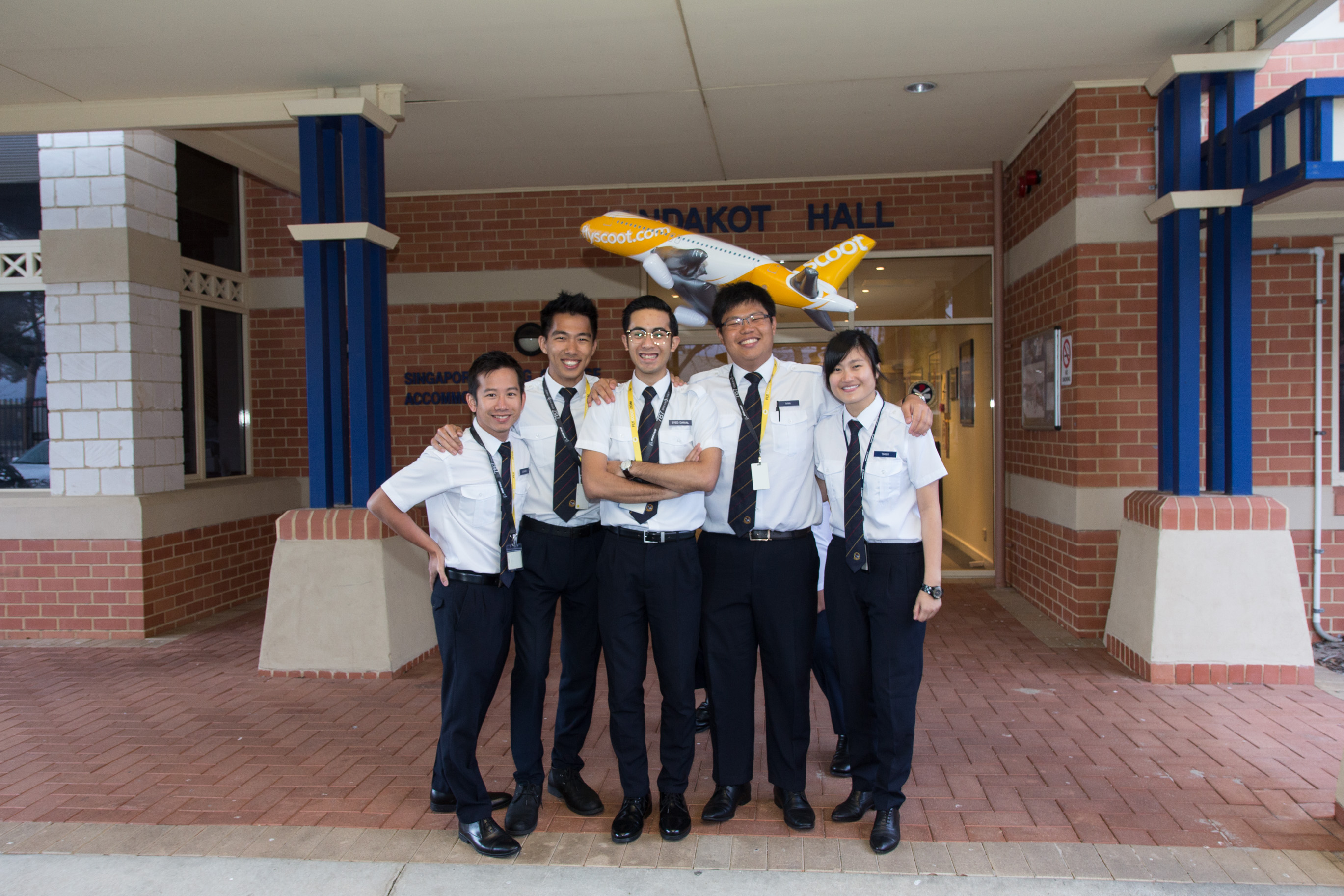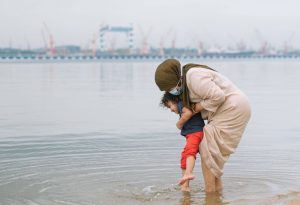But that thought made me realise that I’d never heard a female pilot welcoming me back to Singapore before—let alone seen one at the airport.
It’s not that I’m unobservant—according to a survey conducted in August 2019 by the International Society of Women Airline Pilots, female pilots comprise a mere 5.07% of all pilots globally. When looking at Asia only (excluding India), the number drops to a dismal 1.55%.
It’s something that females can do as well as males.
The gender imbalance is so dire that the International Air Transport Association recently launched a campaign, known as 25by2025, aimed at “improving female representation in the industry by 25%, or up to a minimum of 25% by 2025”.
One reason why there are so few female pilots is, simply, outmoded gender stereotypes.
Foo Ting Yi, 28, is a First Officer at Scoot. She thinks that being a pilot is seen as “a gendered career path [decided by] society, so the majority female population may not see it as viable, or consider it at all.”
Natalie Weili Ng, Ting Yi’s 30-year-old colleague, agrees, and points out that the aviation industry is “male-dominated [only] in the sense that all [my] colleagues were male. But I don’t feel like the skillset required or the requirements are only able to be done by men. It’s something that females can do as well as males.”
The passion with which Natalie declares her vision of gender equality is perhaps partly motivated by some encounters with passengers who treat her differently as a female pilot. She recounts, “Once, a man looked at me up and down and said, ‘Oh, you’re going to fly the plane?’ So I just replied, ‘Yes, I’m going to fly the plane. And I’m going to get you to your destination safely.’”
Of course she did—or she wouldn’t be talking to me now—but this anecdote highlights the double standards we tend to apply to women. Female pilots undergo the same exacting training that male pilots do, so why the discrimination?
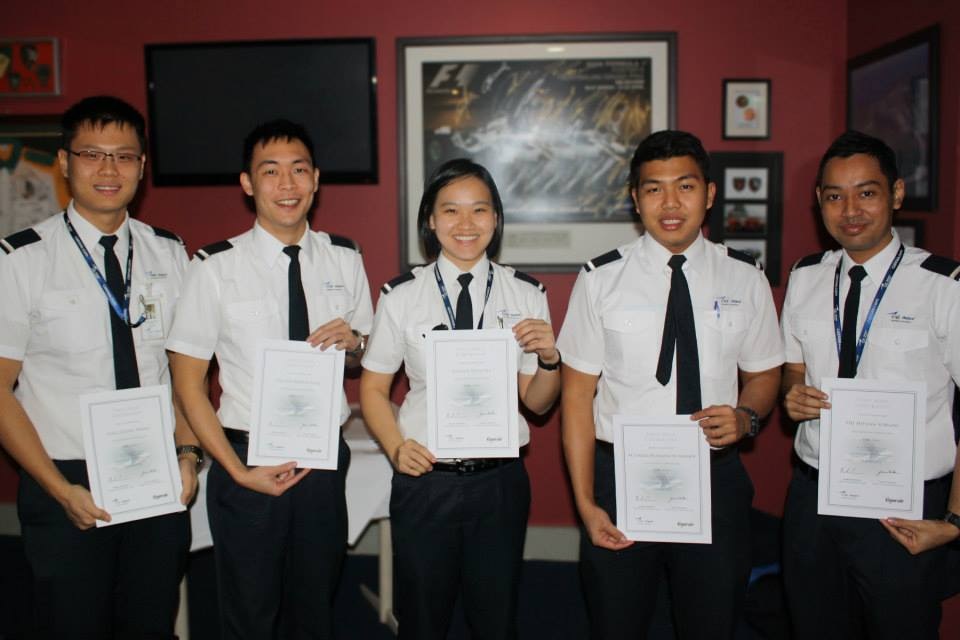
Their journey to the sky first begins on the ground: Scoot cadets have to master 14 subjects (and you thought juggling 8 subjects in secondary school was tough) leading to exams administered by the Civil Aviation Authority of Singapore. AND pass 14 more exams and 42 progress tests conducted by Singapore Flying College.
“It was a lot of multitasking, logic, math, English, critical thinking, data analysis …” Ting Yi recalls.
Only after passing everything do these cadets get to hop into a cockpit and undergo their 100 hours of flying practice in Jandakot, Perth. This experience is one of the highlights of training for these pilots, and is what impresses on them that they are, finally, pilots.
“Every day is a memorable experience … Our longest flight is about 4 hours. We flew from Jandakot in Perth to Albany in the south. We do a landing there, while other domestic carriers in Perth are landing as well. We do our own refueling and then we fly back to Jandakot,” Ting Yi says.
“Those experiences gave me confidence … it trains the cadet to make good decisions, which is very important when we’re flying with the airline.”
And in case you’re wondering: because it’s so rigorous, yes, people do fail and flunk out of the programme.
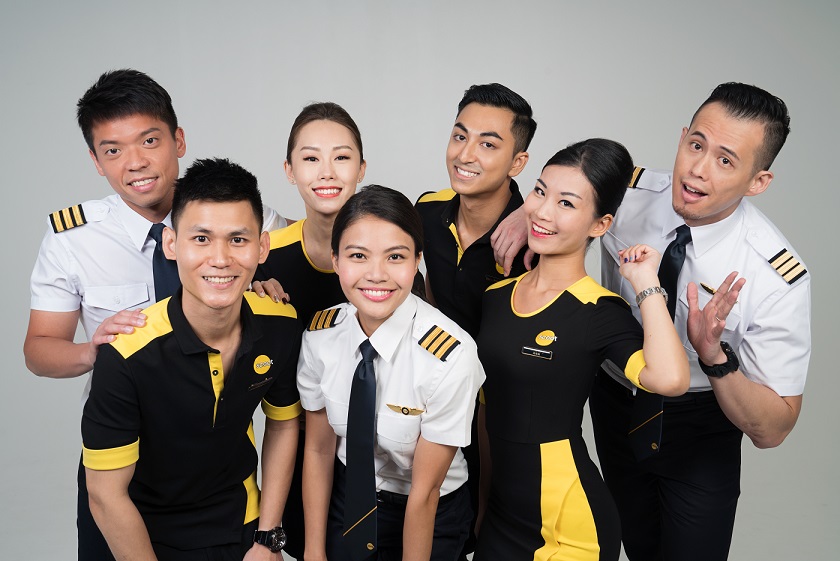
No, it’s just the beginning.
Back at Scoot, these freshly minted Second Officers still have to complete a two-month multi-crew conversion course and aircraft type-rating training. It involves simulator sessions with other pilots, to make sure they master the systems of the specific plane they would be operating. Ting Yi describes having to “eat, breathe, and sleep company manuals” during this period.
And that’s not all.
These pilots still have to go through 8 months of Line Training, in which they accumulate about 250 hours of flying experience on commercial Scoot flights with a Line Instructor Pilot to assess their performance.
Ting Yi, who graduated from Scoot’s cadet pilot programme and is flying on their 787 Dreamliner fleet, recalls going through “years of structured and rigorous learning, countless exams, simulator sessions and checks” before finally earning her third bar and checking out as a First Officer.
Even though this sounds like a painfully drawn out training process, Ting Yi actually appreciates the staggered nature of Scoot’s training. “The way that the training is programmed is to give you confidence. Step by step. They won’t throw you to the end of the pool right at the start,” she says.
And when they can finally swim competently at the deep end of the pool, then—only then—can these pilots proudly don the pilot cap and send us on our merry way to Athens, Melbourne, Haikou…
But training is not something you can get over with. All the female pilots I spoke to stressed the importance of continuous learning even after becoming full-fledged pilots. Every 6 months, they have to undergo training to assess their handling of emergencies—a routine that Ting Yi compares to “taking the GCE ‘A’ Levels every 6 months”; every year, they also have to pass a company test on operations and safety procedures.
The constant need to refresh their skills is crucial for pilots. According to Farhain Abu Bakar, a 32-year-old First Officer with Scoot, there’s no leeway for making mistakes when hundreds of lives depend on you.
Pilots must be able to make fast and accurate decisions in critical situations. Farhain elaborates, “Flying is all about precision. Travelling at subsonic speed from one spot of the earth to another precise spot, within a web of airways dominated by countless other aircraft – we just do not have the comfort of time in decision-making.”

The male pilots themselves certainly welcome a more balanced gender ratio.
Natalie says, “When I first started, I [had] a few colleagues who … would encourage me by saying things like, ‘Hey you fly better than the boys!’”
Likewise, Ting Yi has nothing but praise for her experience as a woman in a male-dominated arena: “In the cadet programme… I didn’t experience any sexism or discrimination. Nothing at all.”
Part of this egalitarian atmosphere, Natalie thinks, can be attributed to the culture at Scoot, where female pilots make up about 4% of the cohort, among whom are 9 female Captains.
“They welcome diversity, are fair whether you are male or female, and you’re free to voice out if you are unhappy. I feel like they are quite open in all aspects.”
Captain Ian Cheng, Senior Vice President of Flight Operations at Scoot, hopes this open and impartial culture encourages more women to join the pilot profession. “The pilot community at Scoot is a diverse one—there is a variety of nationalities here from different walks of life. Our pilots know that we recruit and promote based on merit, so there’s no tolerance for discrimination—you know you’re working with the best qualified person for the job, not because they are a certain gender.”
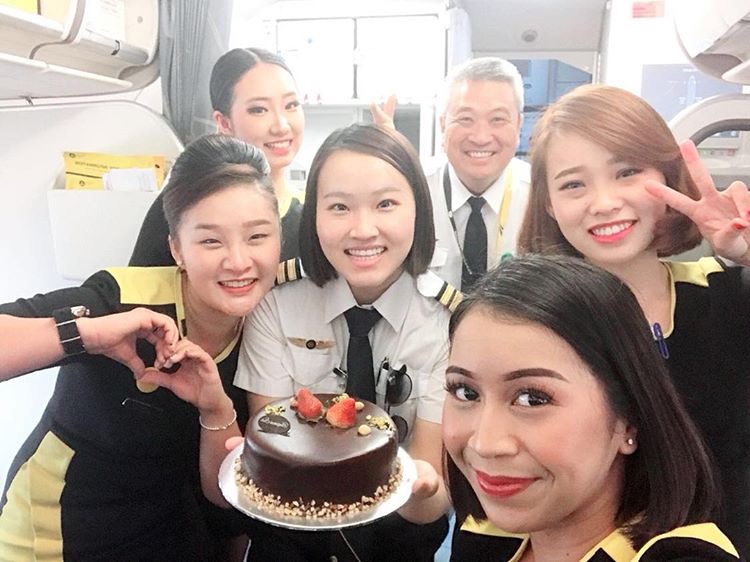
Farhain shares about once having “an [unplanned] all-female crew (including the pilots) operating” on a flight; the promise of gender equality it symbolised was exhilarating to her.
But what struck her more was that “the passengers were quite amazed, so they requested pictures to be taken together [with us].” From the passengers’ responses, Farhain realised “how powerful it is for the general public to see, ‘Oh, it’s a whole set of females, and it’s possible for them to safely take us to our destination.’”
Indeed, when passengers realise their flights will be piloted by women, they are generally supportive, even excited. All three pilots recount positive encounters with passengers who do not “have any negative conceptions that it’s a man’s job,” as Natalie puts it.
Wow! We have women flying! Good job!
Merely seeing that there are female pilots is such a powerful experience that it changes the minds of young girls who have never considered the possibility that they, too, could grow up to be pilots one day.
For instance, Ting Yi says, “Once, I was in Melbourne flying back to Singapore. At the gate, there was a mother and her young daughter who came up to me. It turned out that I flew them back from Melbourne to Singapore before. But the girl was too shy to ask me then.”
It’s heartening to know that I might inspire a kid somewhere to be a pilot someday.
This sort of intra-woman support might be what is needed to change mindsets about the aviation industry.
Among female pilots themselves, some share a support system in the form of a WhatsApp chat group that allows them to “talk about anything and bond”, Ting Yi says.
Initiated by pioneer female pilots, the group boasts more than 20 participants today, and any female pilot is readily welcomed into the group, regardless of which airline she works with. There is absolutely no sense of competition or rivalry—the women even meet up for dinner once every 2 or 3 months to catch up with each other.
When asked what their secret for such harmony is, Farhain pronounces, “Women fend for each other. We always support each other. We are such a powerful, powerful group of people.”
“Women are very strong.”
Scoot Cadet Pilot Programme
Started in 2015, Scoot’s cadet pilot programme is a co-funded programme that comprises a customised 19-month training course by our preferred training college. Completion of the course will equip cadets with a Multi-crew Pilot License (MPL) or ‘Frozen’ ICAO ATPL, and thereafter they will undertake Scoot’s base and line training to equip them to fly either Scoot’s Boeing 787 Dreamliner or Airbus 320 aircraft. Requirements are as follows:
– Minimally 18 years old (as required by regulations in Air Navigation Order).
– Legally entitled to work in Singapore upon completion of training.
– GCE ‘O’ level and above. A minimum of 5 Credits in the GCE ‘O’ level or its equivalent at one sitting. These must include English, Mathematics and a Science subject, preferably Physics.
– Qualify for Class I & II unrestricted medical certification as approved by the Civil Aviation Medical Board (CAMB).
– Good visual acuity of at least 6/60 without optical aid, correctable to 6/6 and not colour blind.
– Be able to commit to a period of 18 months of consecutive training with no disruption.
– Physically and mentally fit.
Applications are open once a quarter on the FlyScoot Career page.
Have you encountered female pilots on your flight? Tell us at community@ricemedia.co

